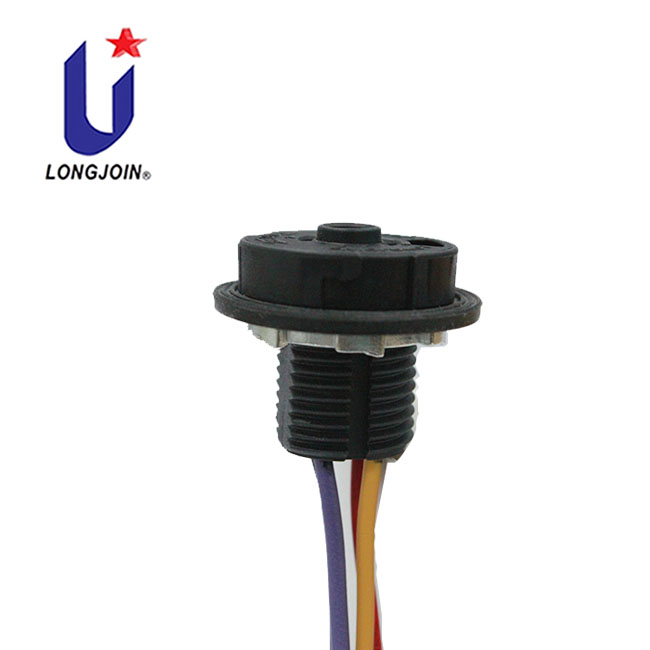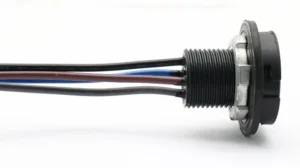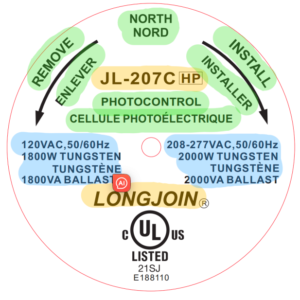Technical deep Dive: The mechanisms Behind Zhaga 0-10V and DALI Dimming Systems
Introduction
Dimming is the capacity to adjust the intensity of light emitted from a lighting fixture. This is achieved through varying electrical power supplied to the electrical source. It will control its brightness. Dimming systems are designed to regulate the output of lighting fixtures. It allows users to create the desired lighting around them. It will provide comfort and save energy.
Types of Dimming Systems
Analog Dimming
Analog dimming works by varying the voltage supplied to the lighting fixture within a range of 0 to 10 volts. It releases direct current. This is also known as the 0-10V dimming system. A control signal is sent to the dimming driver, or the ballast which will adjust the output of the lights. The dimming level is proportional to the control voltage, with 0 volts providing the minimum brightness.
Digital Addressable Lighting Interface (DALI)
DALI is a digital communication protocol that is designed for the lighting control. It works by using a two-bus connection. It allows for bidirectional communication between the control devices and lighting systems. It enables effective control by allowing precise dimming, and grouping.
Zhaga 0-10V Dimming System
The Zhaga dimming system is widely used for adjusting the brightness of light due to its simplicity, reliability, and versatility. It has an analog dimming system. Let us look into it to find out its features!
Caption: Zhaga 0-10V Dimming System
Mechanism
The principle behind the Zhaga dimming system is its voltage regulation. As the voltage sent to the lighting fixture increases from 0 to 10, the brightness of the lights will change accordingly. There is a linear relation between the brightness and the voltage supplied.
The control signals are generated by dimming controllers or switches. They produce a voltage signal within the range that is transferred to the dimming driver. The dimming driver interprets the message and adjusts the electrical current supply to the light source.
Technical Specifications
The Zhaga dimming system will work in a 0 to 10 voltage range direct current. It provides high resolution and enable fine tuning of the system. This system is compatible with a wide range of light g fixtures. It works well with LED luminaires, fluorescent lamps, and incandescent bulbs. It makes it a versatile solution for residential and commercial areas.
Suitability
The Zhaga system is well-suited for residential areas as it gives the ability to adjust the hits to suit your mood. It is a safe and reliable choice for industrial and commercial areas based on the types of systems used there.
DALI Dimming System
A digital addressable lighting system is a sophisticated digital communication protocol that is widely used for glinting control in commercial and industrial sectors. Unlike the Zhaga system, it will operate on a digital platform. It has advanced features and capabilities for precise control over gluing systems. Let’s explore what lies behind this dimming system.
Mechanism
DALI uses a two-wire bus communication protocol. It aids in the bidirectional communication between the control devices and the lighting fixtures. This digital interface allows for individual control of each luminaire. It allows a better scene setting.
All the DALi devices including the ballasts, drivers, sensors, and control devices have a unique address. It is within the DALI system. Control commands are transmitted via the DALI bus to the device based on the address. It allows targeted control.
Technical Specifications
DALI is a fast and reliable way to transmit data within the lighting systems. It confirms responsive control of lighting fixtures with minimal latency. The protocol supports high-speed communication. It allows real-time adjustment of lighting elves and synchronization of multiple fixtures within the network.
DALi is a good choice no matter what the range of lighting level is. It provides brightness as low as 1% and as high as 100%. It allows you to adjust the lighting output to meet your requirements. It works based on your preferences. Tgis makes DALI an all-rounder choice.
Suitability
DALI is a good pick for areas requiring sophisticated lighting control capabilities. It works well in large office buildings, retail stores, and hospitality venues. Its ability to address individual fixtures makes it well-suited for environments where lighting requirements are diverse.
DALI is a compatible device with various building automation systems. It allows centralized control and monitoring of the lighting system. It works alongside HVAC, security, and occupancy sensing systems. The interaction will help in conserving energy and providing efficiency. The various building functions are well coordinated.
Which is better, Zhaga 0-10V or DALI? - Bottom line
If you are comparing Zhaga dimming systems with DALI dimming systems, several factors are to be talked of. In terms of performance, both of them provide precise control. Yet, the Zhaga system has straightforward dimming with a high resolution. It works best for smaller installations. DALI gives highly accurate dimming over a broader range. It is ideal for large and more complex areas.
Installation and eminence of these systems also vary. Zhaga has two simple connections that make it easier to maintain. It is cheaper to install than the DALI system. The DALI bus system requires additional wiring infrastructure. It provides advanced dimming capabilities for troubleshooting.
The choice of dimming system depends on your requirements. Consider your project scale, your budget, and the desired functionality to make your decision.
FAQs
What wiring infrastructure is required for Zhaga 0-10V dimming?
It requires simple two-wire connections for control signal transmission. It makes installation straightforward and cost-effective.
Are there any limitations to Zhaga 0-10V dimming?
Though effective for basic dimming control, it may lack the advanced features and scalability required for more complex installations.
Are there any limitations to Zhaga 0-10V dimming?
It lacks the advanced features and scalability required for larger installations.
External Link
https://en.wikipedia.org/wiki/LED_lamp






